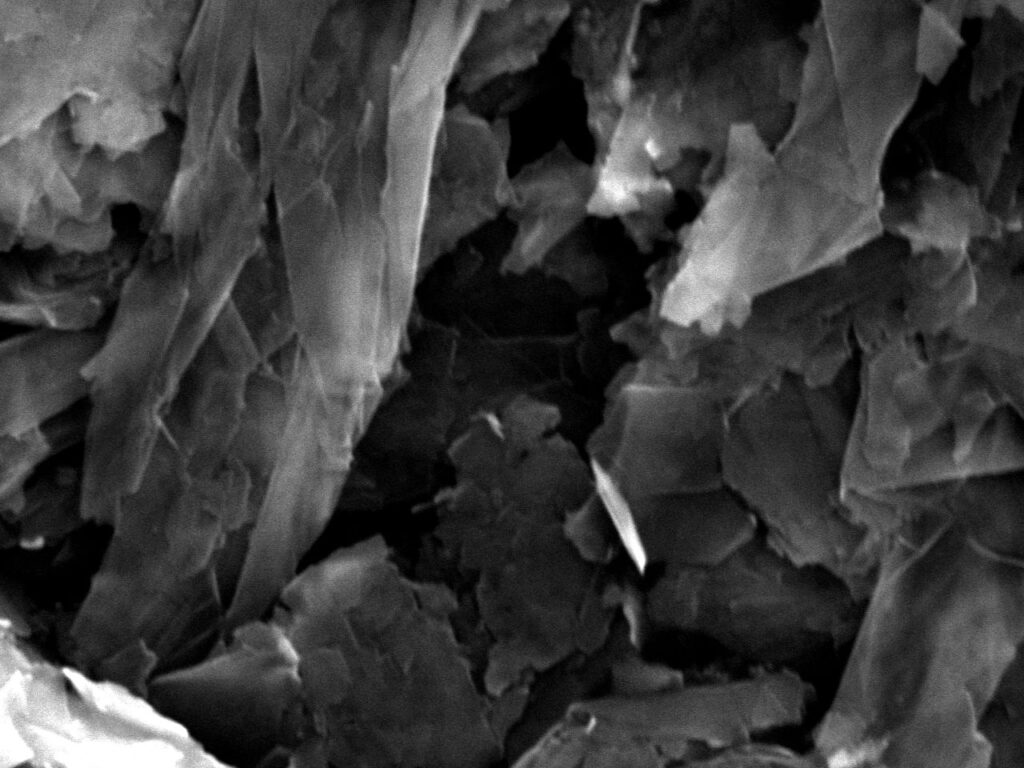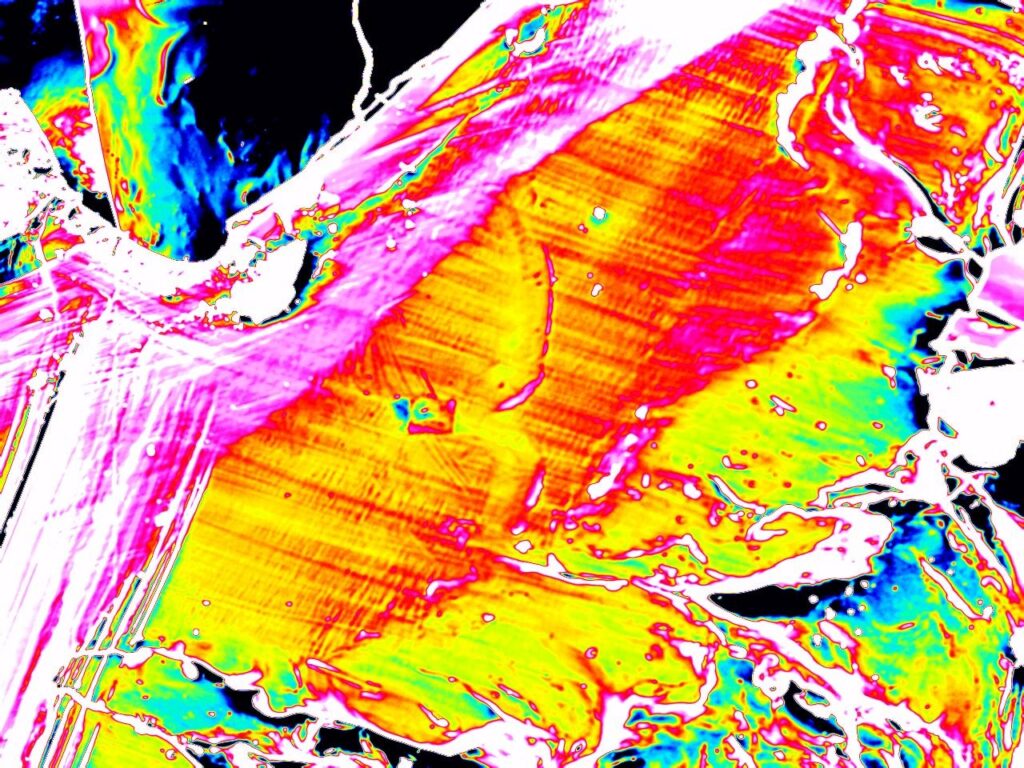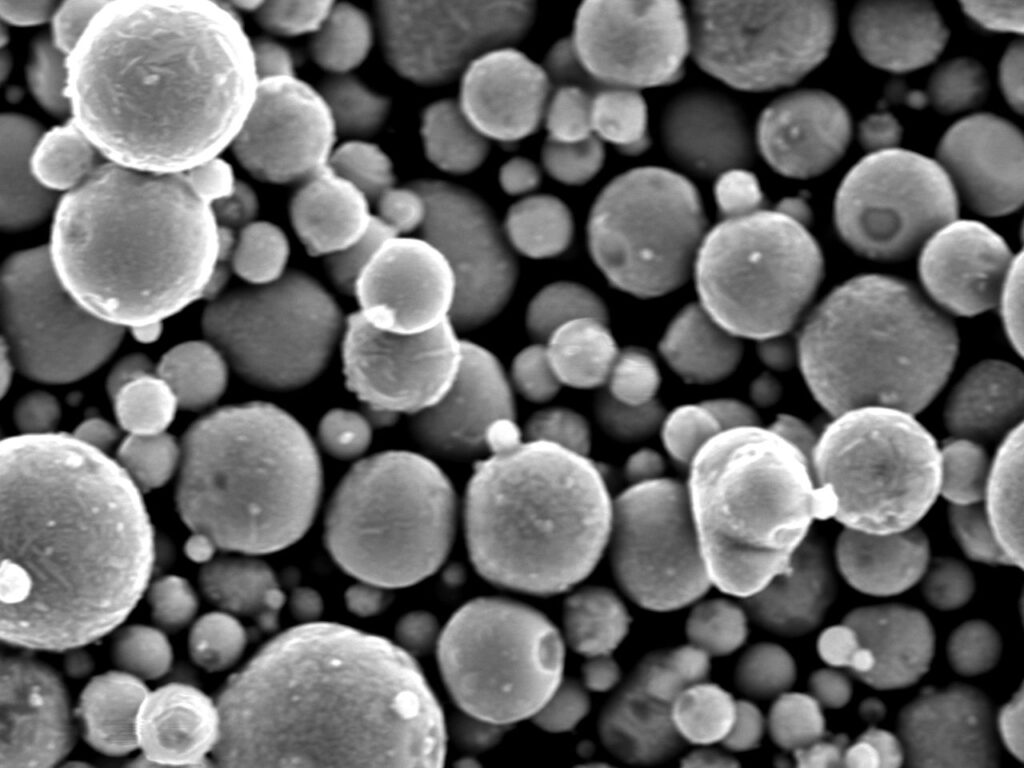We are happy to announce that our team has launched a Laboratory for analyzing nanomaterials and microsystems. The launch of the laboratory was the result of own investments as well as the implementation of the project entitled “Nanomaterials for the production of self-disinfecting surfaces, disinfectants and sanitary products” implemented on the basis of the Intelligent Development Operational Program 2014 – 2020, Priority 2.1: “Support for investments into the R&D infrastructure of enterprises – Subsidy for infrastructure to combat COVID-19 ”.

The modern facilities of the Laboratory will enable instant analysis of the products we manufacture, which will ensure the highest quality standards of our products. In addition, the advanced capabilities of the devices together with the potential of our laboratory team will enable the dynamic development of new technologies in ITP-System.
The laboratory team has the following devices at its disposal:
JEOL JSM-IT200LA In-Touch-Scope ™ scanning electron microscope equipped with an integrated JEOL JED-2300 energy dispersive X-ray spectrometer (EDS) system. It is a conventional column microscope equipped with a tungsten cathode electron gun, offering a full range of functions and extensive expandability. It has a number of solutions enabling work with any type of tested material compatible with high and low vacuum. The design of the instrument allows for simultaneous imaging and analysis of the chemical composition (point and area) using the integrated EDS spectrometer.

Zetasizer Ultra RED analyzer. The Zetasizer family is a group of devices used to characterize materials such as nanoparticles, colloids, proteins, liposomes and microemulsions. These devices use recognized, widely used techniques such as dynamic light scattering (DLS), electrophoretic light scattering (ELS) and static (SLS) light scattering for complete analysis of nanometric scattered systems. Our version of the instrument also uses the MADLS (Polygonal Light Scattering) technique to measure the concentration of the sample.
The machine park of the Laboratory is complemented by conventional devices, such as an optical microscope, UV-VIS spectrophotometers, thermal imaging cameras and a microluminometer.

The establishment of the Laboratory for the analysis of nanomaterials and microsystems also increased our research team, which acquired specialists in the field of chemistry and instrumental analysis.
We are convinced that the establishment of our Laboratory will result in the creation of a new range of advanced market products.